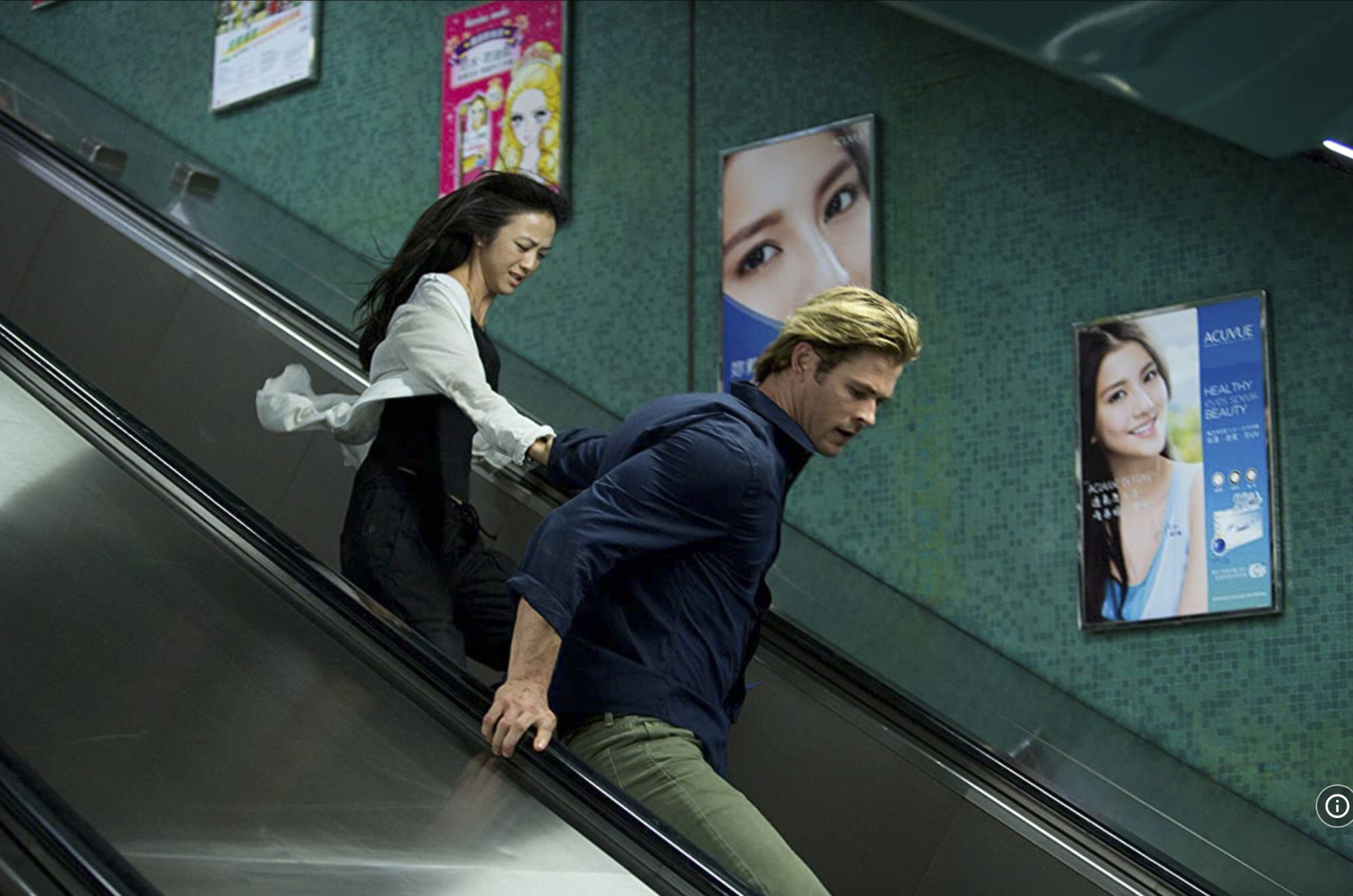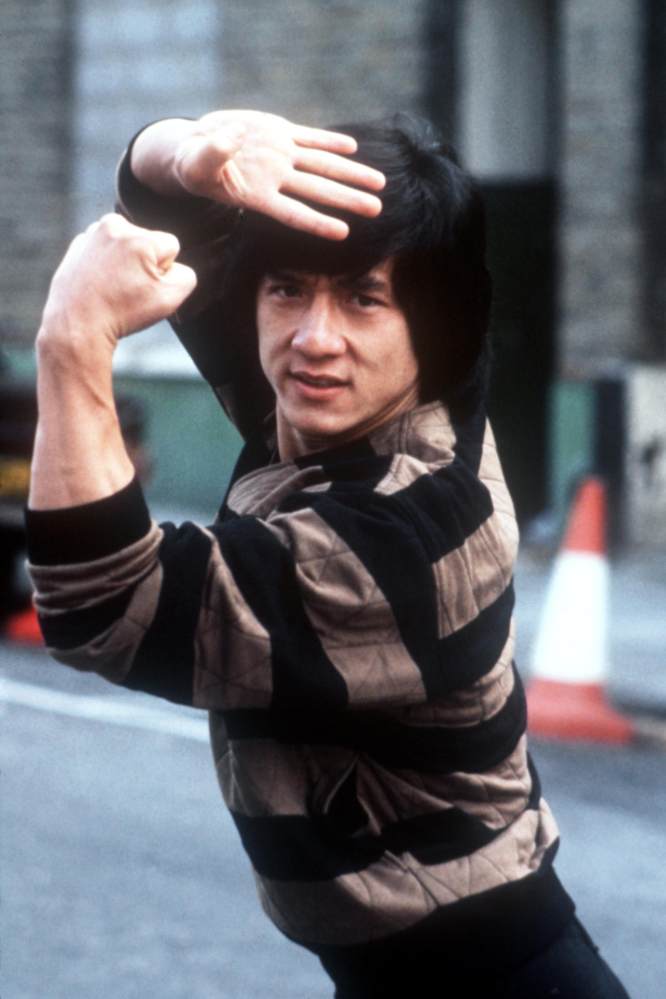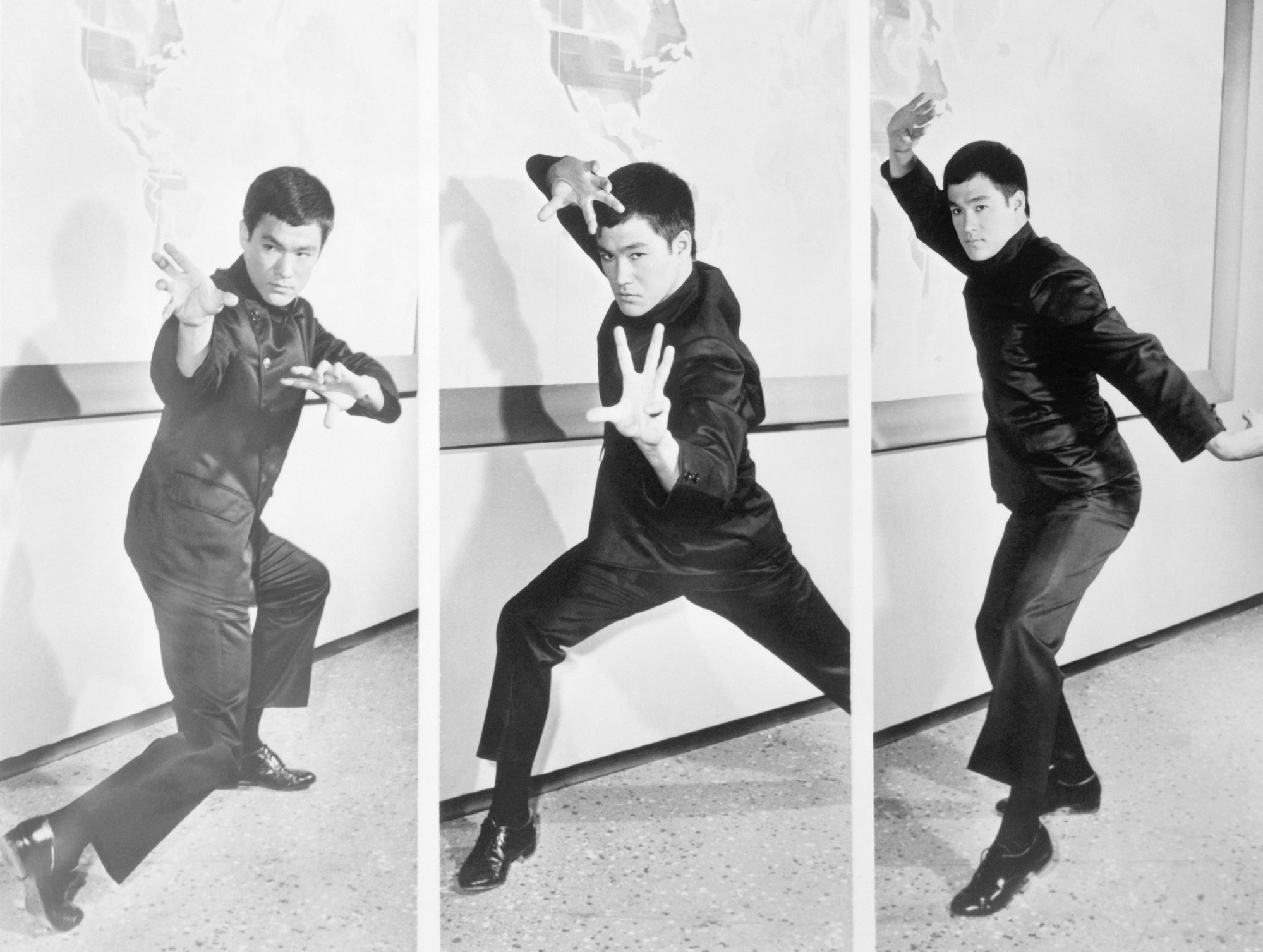
Bruce Lee and his fight against ‘Asian hate’ once told the real Hong Kong story to the world. Now we’re just a prop
- Blockbuster films rarely do our city justice, omitting the many meaningful stories and narratives in exchange for superficial presentation
- We need to shed the perpetual image that we are a city that is neither Western nor Chinese and start telling our individual story here and everywhere we go
I was watching a movie the other day about a convicted super-hacker who is released from prison to help track and bring down a cyberterrorist in an international joint effort between the Chinese government and the FBI.
Blackhat is a rather obscure (and tedious) Hollywood action thriller. Its only consolation is that the lead role is played by A-lister and Australian hunk Chris Hemsworth.
The plot of Blackhat is rather predictable, but somehow the cat-and-mouse chase leads Hemsworth and the others to Hong Kong. Halfway through the film, the main villain is tracked down to Shek O, which is in the south-eastern part of Hong Kong Island.
Shek O is a popular destination for beachgoers and hikers, as the famed Dragon’s Back trail is found here. As well as being a popular spot for beach trips and barbecues, it has served as a popular backdrop for many Canto-pop music videos.

As expected, the famed Hong Kong skyline and many familiar local neighbourhoods like Temple Street are prominently featured in the Hollywood film. I recognised a particular location in Temple Street where my daughter and I used to go every Lunar New Year to seek advice from our favourite fortune-teller, Mr Lam.
I also found it amusing that the police surveillance vehicle where Hemsworth visits to get some local intel is parked near Mr Lam’s stall location, which is right opposite a public toilet.
Hong Kong used to be a leader in TV dramas. Why not again?
Aside from that quirky detail, Hong Kong is often featured in Hollywood movies, both big and small budget ones, and it’s clear why.
The shimmering panoramic skyline, the bustling lively streets, the neon-lit cityscape and many more locations are so unique to Hong Kong.
But the sad truth is, the continuation of this type of international exposure will not do our city any good. Sadly, when Hong Kong is being superficially presented in movies, it creates conflicts and confusion to the outside world because of the way our story is being narrated.
We need to shed the perpetual image that we are a city that is neither Western nor Chinese
In reality, there are so many meaningful stories within stories of an even bigger story that are sometimes poorly told because significant details have been omitted. In short, Hong Kong has a very complex plot with many narratives embedded within it, and many blockbuster films have failed to do our city much justice.
Very rarely are we meaningfully represented in movies and TV shows. To the world, we are like the city version of a beautiful woman with no brain or any valuable substance – at least to most of the Western world.
I remember growing up watching Bruce Lee’s movies and felt so proud to see him. Although he began as the underdog, he managed to fight and bring down the top dog to ultimately gain recognition and respect.
To be properly represented on the international stage of movies, first we need to have the right movie stars to project a positive and intelligent image of the city. At present, when foreigners think of Hong Kong, their first thought is often of Jackie Chan. I don’t doubt Chan has some amazing kicks and kung fu moves, but that’s not the real Hong Kong story.

I miss the legendary Lee not only for his martial arts skills but also his personal philosophy. He passionately fought against the harmful way Asian-Americans were portrayed on the big and small screens. In movies, he fought against how we Chinese were generally treated by Westerners.
Lee was the pioneer in the fight against what we today call “Asian hate” in his personal crusade on the big screen.
Today, we fight racism and anti-Asian violence by marching with placards on city streets, but Lee did it all by himself with his fists and kicks on the silver screen to demolish the many harmful and demeaning stereotypes of Asians back in the ’70s.
Fast-forward to today, Hong Kong is an international city of China but it still suffers from this stereotypical existence when represented in international films. We need to shed the perpetual image that we are a city that is neither Western nor Chinese.

We need to tell the world that we are no less worthy than any other Asian cities in both the cinematic and real worlds. We must change the degrading perception that we are merely a town whose sole purpose is to be a hedonistic paradise for Westerners and for people to make a quick buck.
We certainly have our problems of today, but we also have a rich tangible and intangible history of yesterday.
We need to start telling our individual Hong Kong story here and everywhere we go, even for those who are leaving the city to set up home on foreign soil.
If we believe in the worthiness of our story, the world will see its worthiness and hopefully it will start portraying our city in the right way in and outside cinemas.
What we now see in Hollywood and international movies is a reflection of their ignorant interpretation, resulting in an inaccurate portrayal of our Hong Kong stories.
One day, I hope we can see Hong Kong being at the centre of some genuine storytelling and see some of our home-grown talent sweeping up prizes at the Academy Awards, Screen Actors Guild Awards and other prestigious award shows. It may be some time yet before this happens, but that doesn’t mean we can’t start now.
Luisa Tam is a Post correspondent who also hosts video tutorials on Cantonese language that are now part of Cathay Pacific’s in-flight entertainment programme

